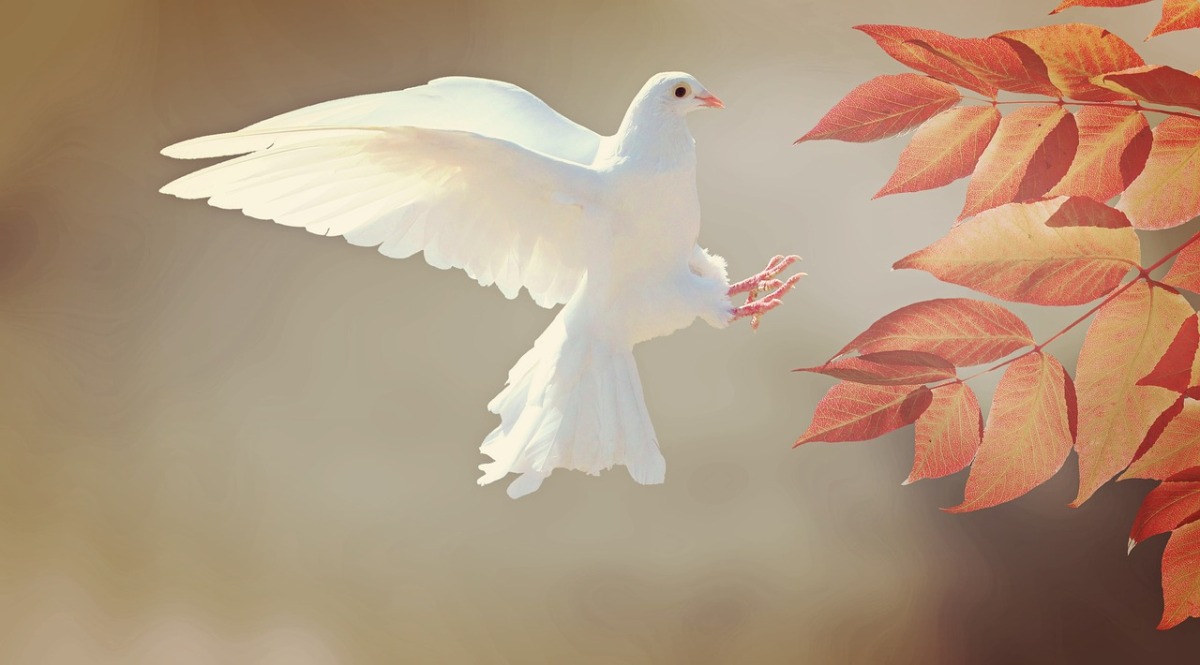Collective name for gods. Taoist (Chinese). A group of eight divine beings, once mortal, who achieved immortality through their exemplary lifestyles. There are many such groups in Chinese religious belief. The Ba Xian are probably the most widely revered.
Tag: belief
INTRODUCTION TO A PAGAN PHILOSOPHY OF HERBS
(The following was compiled from several sources on the Web.)
Herbs are “Magick”. They have been the primary source of medicines for people of every culture and were considered magickal or spiritual by many of them. An ancient earth based spiritual belief system concerning herbs appears in many ancient cultures and civilizations such as Celtic, Chinese, India, and Native American philosophies just to name a few. Their religious beliefs shaped their view and relationship with the Great Spirit, and the relationships between their citizens. This was a belief system which also demonstrated a wholistic view of illness, and utilized herbs according to religious belief.
Continue reading “INTRODUCTION TO A PAGAN PHILOSOPHY OF HERBS”
Matagaigai
by Dr Anthony E. Smart
Tree spirits of Papuan belief, they look human, except that the female has breasts of different sizes. They only appear to people who are sick, to ascertain whether they will recover or die. If their fingers sink into the patient’s flesh, death is certain.
Ahura Mazda
by Dr Anthony E. Smart
In Persian belief, Ahura Mazdah (“Lord Wisdom”) was the supreme god, he who created the heavens and the Earth, and another son of Zurvan. Atar, his son, battled Azhi Dahaka, the great dragon of the sky, and bound it in chains on a high mountain. The dragon was, however, destined to escape and destroy a third of mankind at the final reckoning, before it was slain. Ahura Mazdah was the god of prophetic revelation, and bore both Ahriman and Ormazd.
3 Necessary Elements For Creative Visualisation
- Desire – “Do I truly, in my heart, desire this goal to be realised?”
- Belief – The more you believe in your chosen goal and the possibility of attaining it, the more certain you will be to do so. “Do I believe that this goal can exist?”
- Acceptance – be willing to accept to have that which you are seeking. “Am I really completely willing to have this?”
Continue reading “3 Necessary Elements For Creative Visualisation”
Dove Goddess
by Dr Alena Trckova-Flamee, Ph.D.
Without doubt birds, and especially doves, played an important role in Minoan belief. According to a current interpretation, doves could be understood as embodiment (epiphany) of a divinity, a representation of a goddess in a bird form nearby her sacred place – a shrine or on a tree. This idea can be supported with literature: according to Homer the goddess was able to take on the shape of a bird. From the Early Minoan period the libation vases and amulets or models in a bird form existed in Crete and they were used for a ritual reason. We can observe a shape of bird even among the signs on the famous Phaistos Disc. The clay models of birds and their images on the ritual vessels are also amongst the regular furnishings of the shrines like those at Knossos, Gournia or at Karphi. The type of these birds has been a subject of long discussions between scholars, but usually they are considered as representing doves.
Azeman
by Alan G. Hefner
A name given to a female vampire or werewolf in Surinam Negro folk belief. She transforms from human to animal form at night and travels around drinking human blood. According to belief the best way to stop her is by sprinkling grains or seeds about, when seeing them she has a compulsion to stop to count them and gather them up. Another way of stopping her is by propping a broom, which she won’t cross, against a door.






